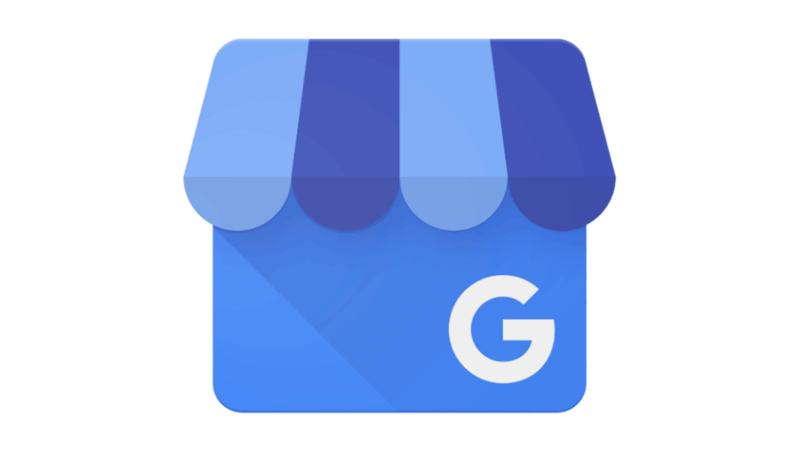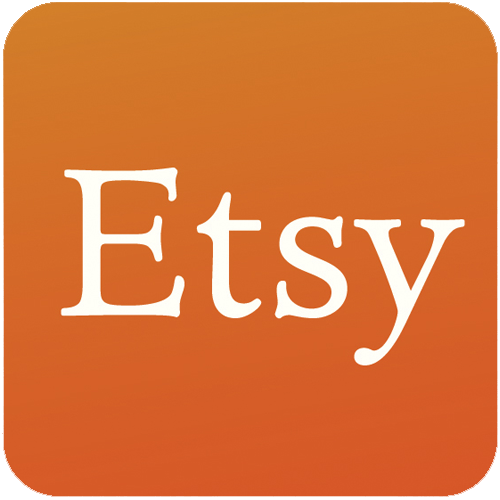How My Business Makes $500K/Month Selling Yarn Products To Clothing Companies And Knitters
Hello! Who are you and what business did you start?
Hello! My name is Evgenia, and I am the founder of Woolstock . Our company is engaged in various types of yarns: for hand knitting, machine knitting, knitting accessories, and finished yarn products.
By working closely with customers, we began to better understand their needs, which led to the need to expand the range and growth of our company. We also sell handmade items made from our woolen yarns by talented knitters worldwide.
Our products are priced extremely competitively, so you can get them for a fair price without sacrificing quality or customer service. Our company welcomes and guarantees fast delivery to any location worldwide (you can split your order into several shipments if needed).
When we started, our focus was on the customer and their needs. We worked closely with them, listening to their wants and meeting their demands. As a result of this approach to business, we were able to grow our business very quickly by developing products that customers wanted.
We had a clear vision for what the company needed to do next: expand its range beyond wool yarns...

Download the report and join our email newsletter packed with business ideas and money-making opportunities, backed by real-life case studies.

Download the report and join our email newsletter packed with business ideas and money-making opportunities, backed by real-life case studies.

Download the report and join our email newsletter packed with business ideas and money-making opportunities, backed by real-life case studies.

Download the report and join our email newsletter packed with business ideas and money-making opportunities, backed by real-life case studies.

Download the report and join our email newsletter packed with business ideas and money-making opportunities, backed by real-life case studies.

Download the report and join our email newsletter packed with business ideas and money-making opportunities, backed by real-life case studies.

Download the report and join our email newsletter packed with business ideas and money-making opportunities, backed by real-life case studies.

Download the report and join our email newsletter packed with business ideas and money-making opportunities, backed by real-life case studies.






























